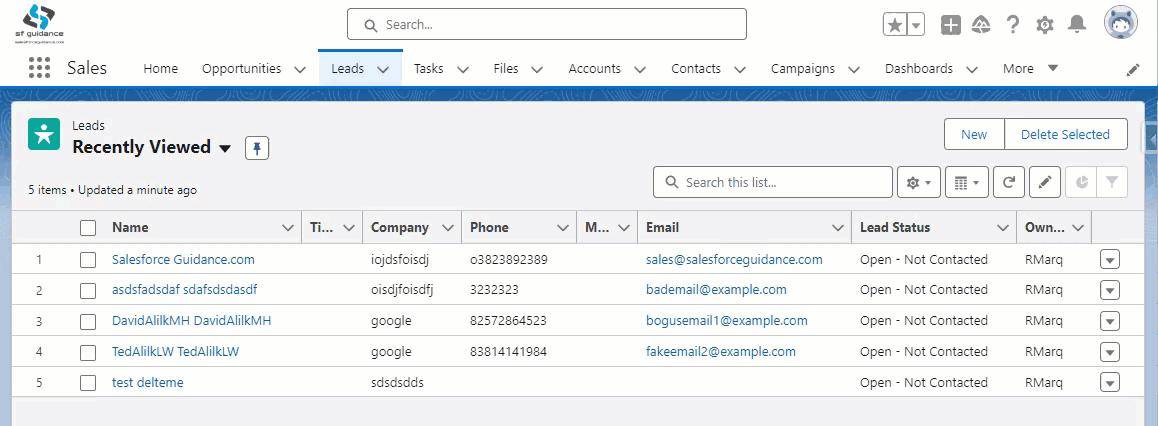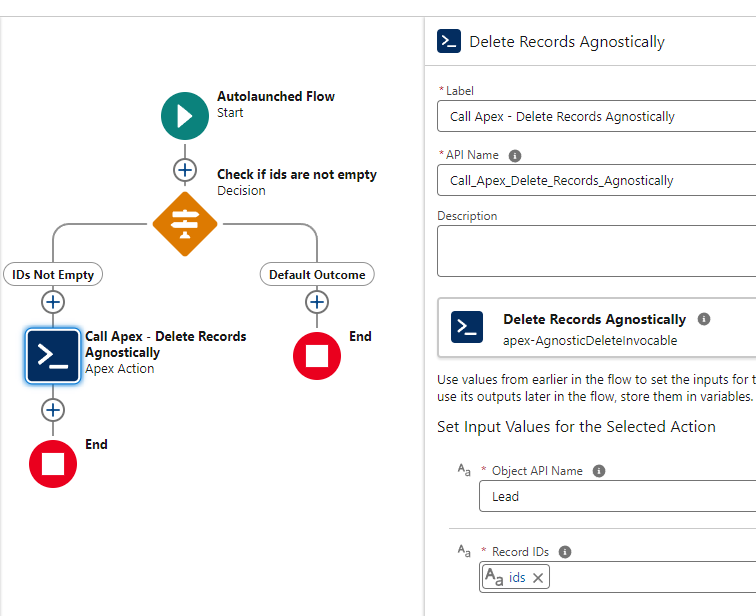Quick Trick: Add a Delete Button to Any Related List in Salesforce
Ever wanted to add a delete button to your related lists and allow users to wipe out those pesky records on a list view? Well you can - pretty easily in fact!
First off, huge shoutout to Ram for this super helpful blog post. You're a lifesaver, Ram! 🙌
Create your button with the steps below:

Step 1: Create the Flow via Ram's Blog Post
Start by following the detailed guide in Ram's blog post, How to delete multiple records using List View Button. This will create a basic flow that enables record deletion from list views. Go ahead and follow all the steps:
- Create the Flow
- Create the list view button
- Add the button to your page layout
Test it the flow and try to delete the records. Pretty cool huh?
While this approach works well for a single object, it has limitations when scaling across multiple objects - each requiring its own separate flow. For organizations needing bulk deletion capabilities across multiple objects, a more efficient solution is needed. That's where our enhanced approach comes in.
Step 2: Create an @Invocable Apex Classes
Here's where it gets really cool. We're going to use an Apex class that can handle any IDs you throw at it. Check out this AgnosticDeleteInvocable class:
public class AgnosticDeleteInvocable {
@InvocableMethod(label='Delete Records Agnostically' description='Deletes records of any object type based on provided IDs')
public static void deleteRecords(List requests) {
List recordsToDelete = new List();
for (DeleteRequest req : requests) {
String objectApiName = req.objectApiName;
List recordIds = req.recordIds;
for (Id recId : recordIds) {
SObject obj = recId.getSObjectType().newSObject(recId);
recordsToDelete.add(obj);
}
}
if (!recordsToDelete.isEmpty()) {
delete recordsToDelete;
}
}
public class DeleteRequest {
@InvocableVariable(required=true label='Object API Name')
public String objectApiName;
@InvocableVariable(required=true label='Record IDs')
public List recordIds;
}
}
Step 3: Clone the original Flow and give it an appropriate agnostic name.
Flow Name: Bulk Delete sObject records via Id(s)
Remove the Delete Element and replace it with the 'Delete Reocrds Agnostically' Apex action
Populate the Object's API Name and the Record Ids variable.
